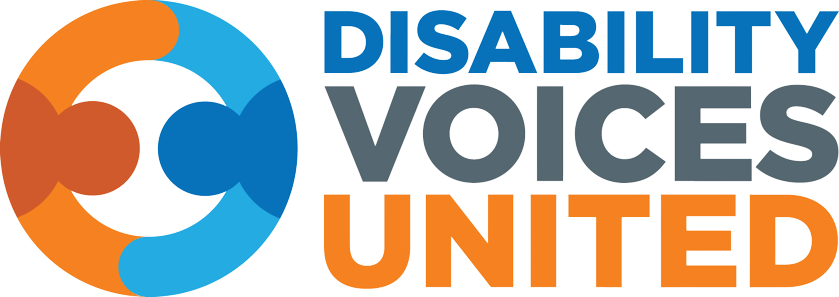Spending Plan

What is a Spending Plan?
The spending plan is where your Person-Centered Plan comes alive. You create your spending plan in the Self-Determination Program (SDP). This plan lists all the services and supports you need to reach your goals and stay safe and healthy. It must show the estimated cost and description of each service or item, including the Financial Management Service (a required service) and the independent facilitator if you will use one. Employee costs like wages, taxes, and benefits must also be included. The total cost cannot be more than your budget. A copy of your Spending Plan will be added to your IPP.
Regional Centers Review Spending Plans, but they don't Approve Them
The regional center’s role in the spending plan is explained in the Self-Determination Program law. They do not approve or authorize the spending plan but must review it:
The regional center shall “review the spending plan to verify that goods and services are eligible for federal financial participation and are not used to fund goods and services available through generic agencies” – Welfare and Institutions Code 4685.8 (r)(6)

What can go in a Spending Plan?
Your Person-Centered Plan should have identified goals around your hopes and dreams and the supports you need to achieve them. These goals will inform your spending plan. The services and supports in your spending plan must be related to a goal in your IPP and your disability.
Your independent facilitator and person-centered plan will help you choose the goods and services you need. You can hire workers or use an agency. You can take classes, join groups, and get help to stay active in your community. It’s like freedom with boundaries: you have choices, but must follow spending rules since Medi-Cal pays for these things. You can also look at our SDP Providers Site to get ideas. But remember, you are not limited to those on this provider’s list.
When selecting goods and services for your spending plan ask yourself these questions:

2. Is there a generic resource available?
Just like in the traditional system, you must ask for funding from a generic resource first if it is available. You usually must get a denial from the generic resource before adding a service to your spending plan.

3. Is the service integrated in the community?
The federal government requires that services under the SDP be provided in settings that allow full community access. Services available to everyone in the home or community are allowed. However, if a service is specifically for people with developmental disabilities, it must meet this rule. Your independent facilitator or service coordinator can assist with this.
For more information, look here:

4. Is the service related to your disability, and do you have an IPP goal for it?
Everything in your spending plan must be related to your disability. Some goals in your person-centered plan might not be paid for by the regional center. Only the goals covered by the Self-Determination Program will be listed in your Individual Program Plan (IPP).
Note: Your choices must be respected if you answered yes to these four questions. The regional center cannot force your spending plan to match your budget exactly. For example, if your budget says 10 hours of respite, you don’t have to use respite hours in your spending plan. You can choose a different service to meet your needs instead.
What does a Spending Plan look like?
Right now, there isn’t a standard form for a spending plan. You can write it by hand or use a spreadsheet. The spending plan lists the services you will buy, how often you’ll use them, and how much they cost.
You don’t need to list exact costs or name specific service providers in your spending plan. Just identify the type of provider for each service. If you don’t know the exact cost, you can estimate it based on what you know.
A service code must be listed for every expense. Your regional center service coordinator or IF can help you figure out the correct service code.
Here is a list of Self-Determination Program service codes:
Here are sample spending plans:
Spreadsheet Spending Plan (English/Spanish):
Spreadsheet Spending Plan (English):
Financial Management Service:
The only required service in your spending plan is the financial management service. They will pay for all of your goods and services. There is more information on financial management services in the next section.
Hiring Employees:
Hiring employees might seem like more work, and it is. But it means you get to choose who you hire and how much you pay them. SDP participants say they have a better ability to keep their staff and have less turnover. If you have never been an employer before, you may want the assistance of an independent facilitator for not only your transition into the program but at least your first year.
In the spending plan, employers pay part of the taxes for their employees, called the “employer burden.” Your Financial Management Service will give you a percentage to add to your employee’s hourly rate in your spending plan.
There may be additional items that you will need to add to your spending plan when hiring employees. This can differ based on which Financial Management Service (FMS) you work with. These could include worker’s compensation insurance, health insurance, vacation pay, and mileage.
There are different ways to hire employees in SDP. These are based on what model you select with your Financial Management Service. You can find more information on the financial management page.

Who Cannot Be Paid to Provide Services in the SDP?
The following people cannot be paid to provide services in the SDP:
- Parents of a participant under 18 for their own child
- Spouse of an adult participant for their own spouse
- Anyone who doesn’t pass a background check
- Anyone not authorized to work in the United States
- Anyone without required licenses for specific services like nursing or speech therapy
Final Note:
Creating your first spending plan can be tricky because there are many rules and best practices to follow. There’s too much information to put on a website, and there can be differences between regional centers and financial management services. It’s a good idea to get help. Transition support is paid for by the regional center. They can assist if you need it. You can also attend your Self-Determination Program Local Advisory Committee meetings. They have funding to provide extra help, and some offer support groups or coaching.
